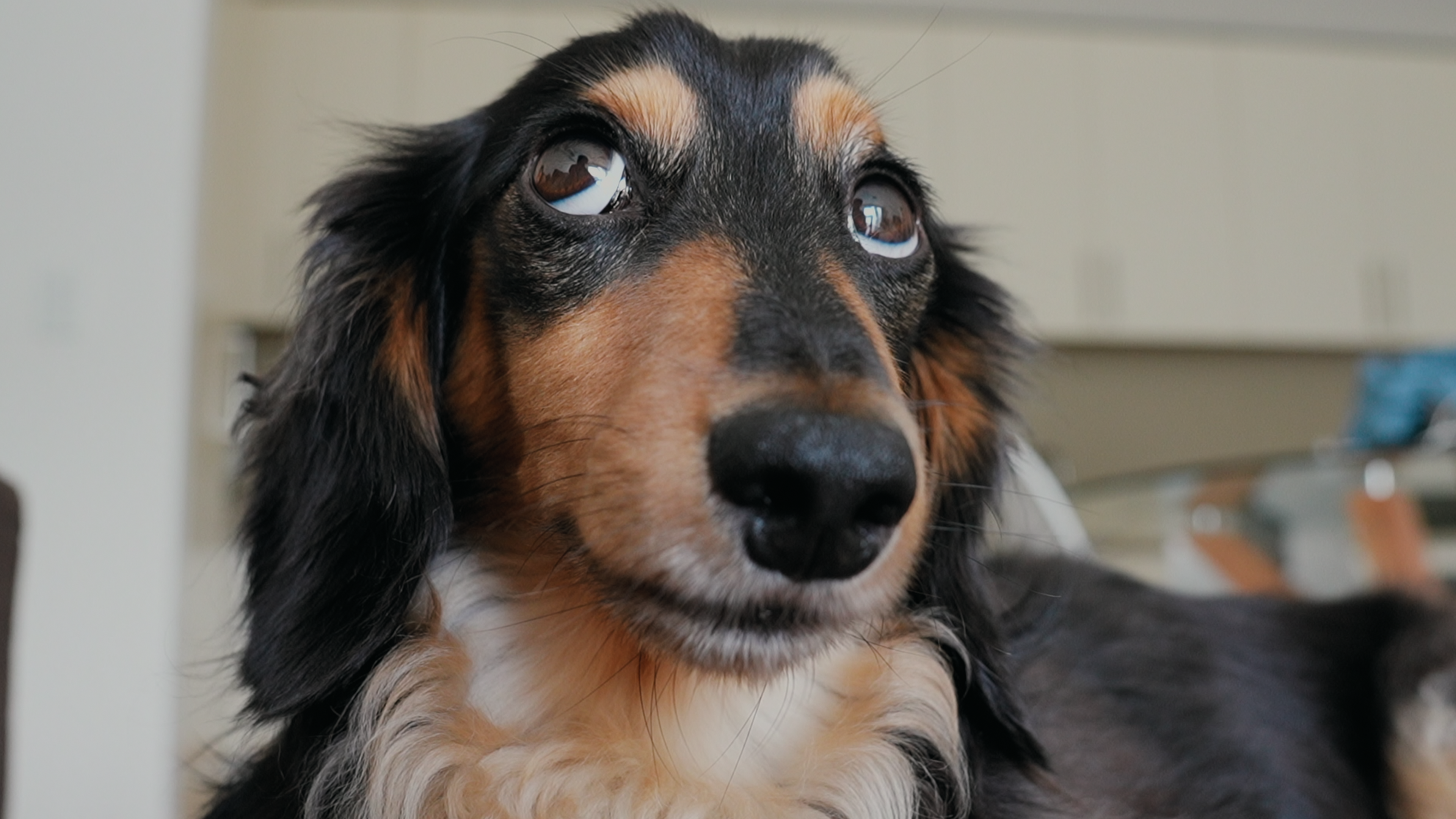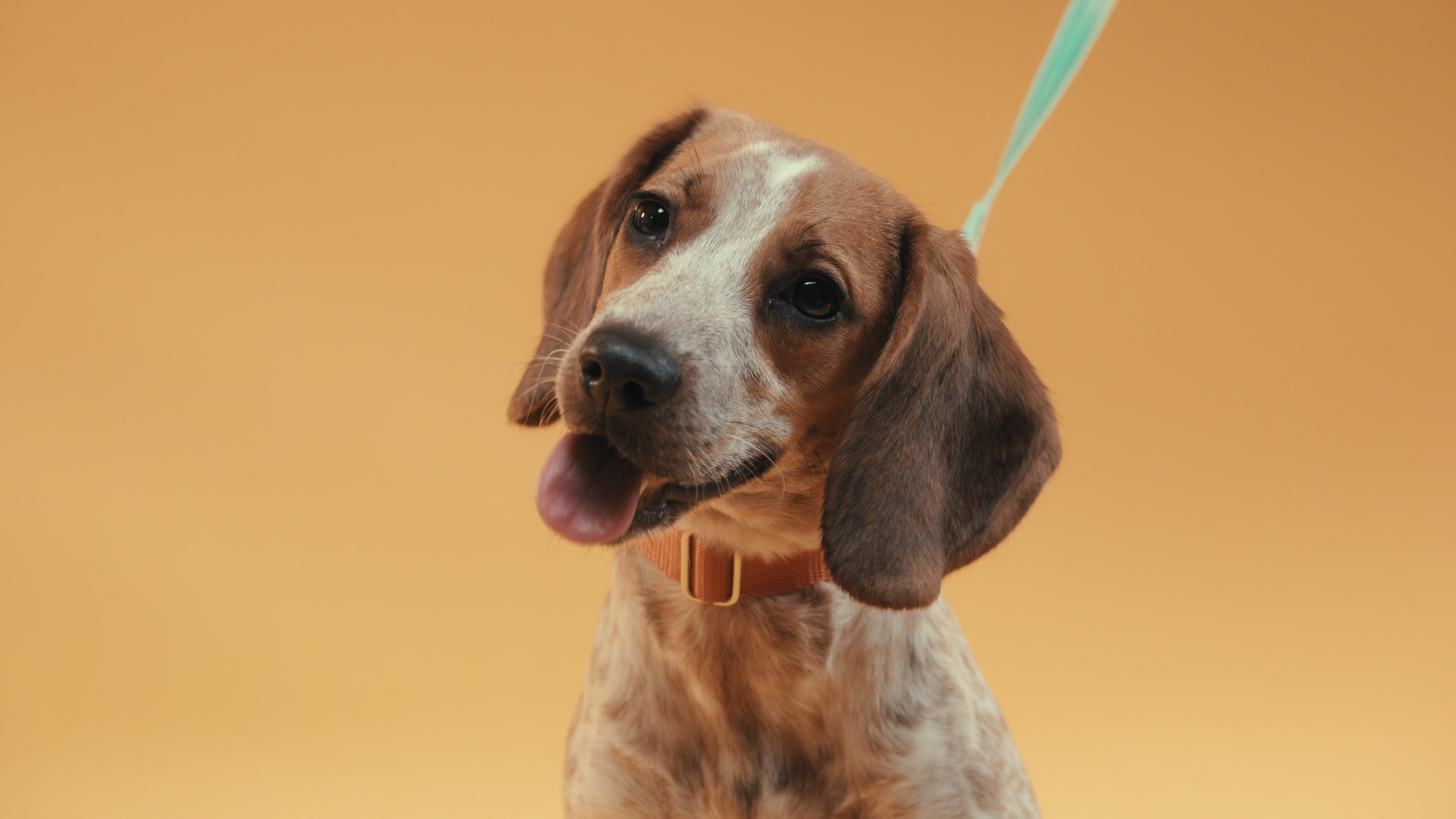As a dog lover and former dog owner, watching anything with a dog as the central character is immensely important. The joy of seeing these furry creatures doing their thing and producing dopamine for every dog lover is simply unmatched. Filmmakers and creators have recognized the significance of focusing on films and documentaries centered around animals, particularly dogs, and cats because they are a source of happiness for anyone who has had a pet or works with animals. With OTT platforms producing a plethora of content, ranging from binge-worthy and nail-biting thrillers to trashy movies and TV shows, it’s time to focus on Netflix’s new documentary, Inside the Mind of a Dog, directed by Andy Mitchell.
The documentary features a series of experts who explore how a dog’s mind functions, accompanied by footage that showcases these delightful mutts—both focused and hilariously entertaining. With Rob Lowe’s calming and zealous voice in the background, the documentary strategically introduces the idea of how canines evolved from wolves and ultimately became the “goodest boi” in the whole wide world. Man’s best friend not only learned to interact with humans by receiving “yummy treats,” which were basically trash produced by us primal beings but also mastered the skill of expressing themselves using different facial expressions and sounds. Remember, those “half-moon-shaped” eyes and head tilts are a dog’s way of communicating when they’re anxious or up to some mischief.
There’s no denying the fact that dogs are among the most clever beings. While it’s believed that an average dog can learn up to 165 words, there’s a record of a dog named Chaser who was taught over 1,000 words. So, calling them dumb is simply not fair. Sure, we often find dogs being silly—chasing their own tails, talking back with dramatic expressions, or drinking water straight from the toilet—but when it comes to their intelligence, one would be surprised by the traits they possess. The most important is their “boopy” nose, which can detect things that humans might not even see with their naked eyes.

Inside the Mind of a Dog explores how dogs and humans are hopelessly intertwined forever and have found ways to nurture their relationship. Much like humans, dogs are incredible when it comes to understanding their environment, and various studies on canine cognition have been conducted to understand how a dog thinks and makes sense of its world. Constantly researching and understanding canine psychology—how a dog perceives its environment, solves problems, and makes important decisions—has enabled people to determine if a particular dog is fit to be a service dog, provide assistance to an individual with a disability, or to become a great companion to their human friends as their pet.
We also meet Dr. Brian Hare of the Canine Cognition Center at Duke, along with his wife, Vanessa Wood, who runs a school called Puppy Kindergarten, where her team helps raise service dog candidates from 8 to 20 weeks old. These dogs are initially assigned to puppy raisers—volunteers who care for the puppies during their first 8 weeks—and then undergo intensive training. During this training, these mutts are taught to solve problems and assist their potential human companions using fun games.
Woods explains how dogs and humans rely on each other’s eye contact to show their love. This sense of connection is very similar to how a young child bonds with their parents, and it creates a love hormone that increases oxytocin levels in both beings. The documentary also uses Woods’ observations as an important tip for new dog owners, helping them understand their dog’s mind based on body language, tail wagging, droopy ears, and eye contact. And, of course, a bark is never just a bark; it’s one of the most important factors in understanding your dog’s needs.

Inside the Mind of a Dog also addresses the subject of dogs having ADHD, much like their human companions. For instance, when a mama dog leaves her young pups to figure out their problems, it often leads these puppies to become better guide dogs than those whose mothers micromanaged them during their growing-up period. While this perspective highlights why service dogs are considered some of the most intelligent and capable, it’s frustrating that the documentary doesn’t address the issue of dogs being bred in poor conditions to meet the demand for specific breeds based on their reputation.
When we talk about understanding the mind of a dog, it’s essential to consider how a dog functions based on its immediate surroundings and upbringing. In times when dog breeders are discreetly doing their business and making a profit without concern for producing litters with chronic health issues, it’s crucial to address how this can affect a dog’s well-being. While the documentary highlights how canine centers and schools are training these furry creatures to fulfill their potential (it feels as if Netflix is promoting the center more than educating folks about the subject), it’s disappointing that the latest format of documentaries tends to focus only on the good and glorified aspects rather than showing the other side of the story.
When discussing a topic as sensitive as canines and how their intelligence makes them stand out, it’s unfortunate that the documentary doesn’t explore why only certain breeds are usually considered fit to be service dogs rather than just any dog. While 75 minutes of Inside the Mind of a Dog may seem like a short span to fully cover the vast and intriguing subject of canine cognition, it would have made a greater impact if the documentary had explored the minds of dogs of different breeds, including rescues and mixed breeds, rather than focusing solely on school-trained puppies rewarded with treats for performing tasks and being a “good boi.”
Some of the footage does leave a lump in your throat and makes you want to get up and snuggle your dog, who might be lounging around the house. However, there were certainly unanswered questions for a dog lover like me, and it was frustrating to sit through the documentary without finding those answers, except for information I might already know due to my curiosity about them.




![A Spike Lee Joint: Clockers [1995]](https://79468c92.delivery.rocketcdn.me/wp-content/uploads/2018/10/20180813180605-768x426.jpg)
![Tick tick… BOOM! [2021] ‘Netflix’ Review: An enthralling Andrew Garfield spruces up a portrait of an artist coming into full bloom](https://79468c92.delivery.rocketcdn.me/wp-content/uploads/2021/11/Tick-tick…-BOOM-2021-768x432.jpg)
![Thelma [2017] – A Striking Tale of Self-Discovery with Spellbinding Imagery](https://79468c92.delivery.rocketcdn.me/wp-content/uploads/2017/12/cover-1-768x432.jpg)

